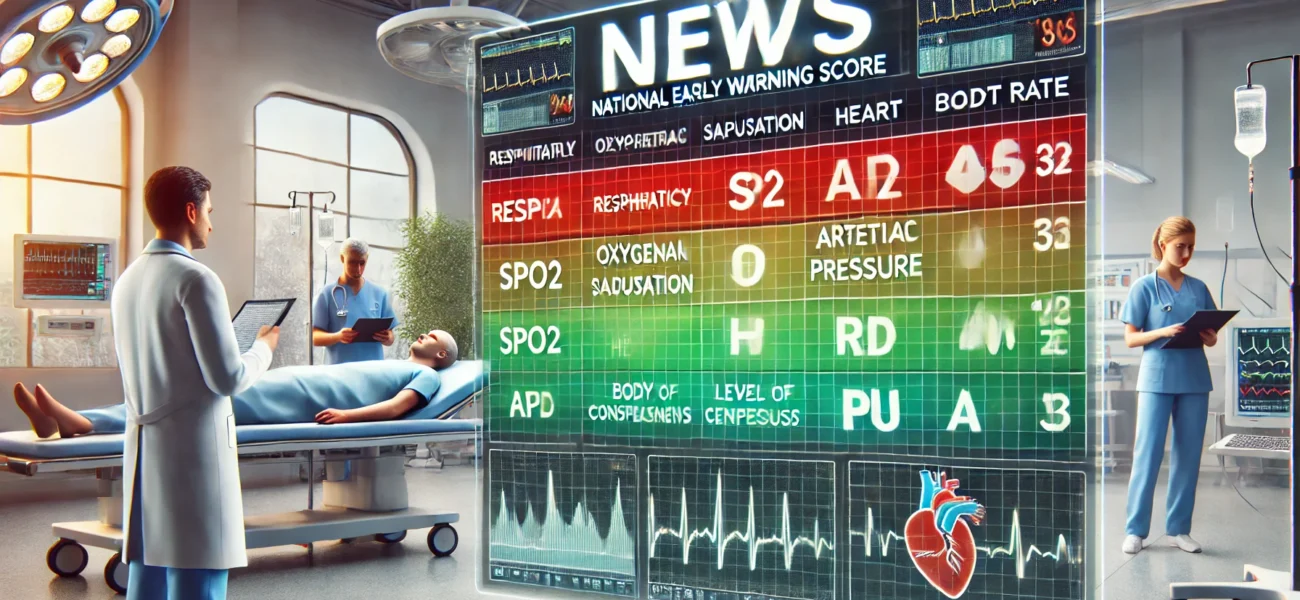In today’s fast-paced media landscape, information spreads almost instantaneously. The concept of news protocol triage has emerged as a critical framework for assessing newsworthiness, accuracy, and relevance.
The term “triage” comes from medical practice. It refers to prioritizing patient treatments based on the severity of their conditions. In the context of news, triage evaluates stories to determine their significance, urgency, and credibility.This process serves as a foundation for responsible journalism. It ensures that audiences receive timely, relevant, and accurate information.
1. Understanding News Protocol Triage
News protocol triage can be broken down into several key components:
- Assessment of Newsworthiness: This involves evaluating a story’s significance based on various criteria, including impact, proximity, timeliness, and human interest. Journalists should ask critical questions. Does this story affect a large number of people? Is it happening right now? Does it involve well-known figures or organizations?
- Source Credibility Evaluation: The credibility of sources is crucial for determining the reliability of news. Journalists must verify the trustworthiness of their sources by checking their qualifications, past reliability, and any potential biases.
- Fact-Checking and Verification: Once journalists identify a story as newsworthy, they fact-check it by corroborating information from multiple sources to ensure accuracy. In an era where misinformation can spread rapidly, robust fact-checking protocols are essential.
- Audience Impact Consideration: Understanding the audience is vital. What information does the audience need to know? How will this news affect their lives? The media’s role in providing context and relevance to the audience cannot be overstated.
2. The Process of Triage in News Reporting
The process of news protocol triage can be illustrated in several stages:
Stage 1: Identification
The first step in triage is identifying potential news stories. This often involves monitoring various channels such as social media, news feeds, press releases, and tip-offs from sources. Newsrooms typically employ tools and technology to track trending topics and emerging stories.
Stage 2: Evaluation of Newsworthiness
Once a story is identified, journalists must evaluate its newsworthiness. Criteria include:
- Impact: Journalists prioritize stories that affect a large segment of the population or have significant consequences. For instance, they typically give higher priority to news about natural disasters, public health issues, or major political events.
- Timeliness: Stories that are current or breaking news are prioritized over those that are less urgent. The concept of “scoops” or exclusive stories plays a significant role in this evaluation.
- Proximity: Journalists often prioritize local stories because they have a more direct impact on the community.
- Human Interest: Journalists can also prioritize stories that evoke emotional responses or tell compelling personal narratives, even if those stories may not have broad impact.
Stage 3: Source Verification and Credibility Assessment
After determining that a story is newsworthy, the next step is verifying the credibility of the sources. This involves:
- Cross-Referencing Information: Journalists should check facts against reputable sources, including official statements, previous news reports, and expert opinions.
- Identifying Bias: Understanding any potential biases in the information provided by sources is critical. Journalists should evaluate whether the sources have a vested interest in the story’s outcome.
- Utilizing Established Fact-Checking Resources: Organizations such as PolitiFact and Snopes can be invaluable in verifying claims and debunking misinformation.
Stage 4: Fact-Checking and Reporting
The final step in the triage process involves rigorous fact-checking before publication. This includes:
- Detailed Verification: Each fact presented in a story should be verified independently. This may involve reaching out to multiple sources or consulting experts in the field.
- Clarity and Context: Providing context to the information is essential. This includes background information, relevant statistics, and perspectives from different stakeholders.
- Final Review: A thorough editorial review ensures that all information is accurate and that the story meets ethical and journalistic standards before it is published.
3. Challenges in News Protocol Triage
While the concept of news protocol triage is essential for responsible journalism, several challenges complicate its implementation:
- Information Overload: With the sheer volume of information available today, journalists often face difficulties in identifying what stories are genuinely newsworthy.
- Rapid News Cycle: The urgency to publish stories quickly can lead to oversights in the verification process, increasing the risk of spreading misinformation.
- Public Skepticism: In a climate where trust in the media is declining, the challenge is not just in reporting the news accurately but also in rebuilding public confidence in journalistic integrity.
- Technology and Misinformation: The rise of social media has accelerated the spread of misinformation. Journalists must navigate a complex landscape where false information can go viral in minutes, complicating the fact-checking process.
4. The Role of Technology in News Triage
Technological advancements play a significant role in enhancing the triage process. Some of the key contributions include:
- AI and Automation: News organizations increasingly rely on artificial intelligence to sift through large volumes of data, identifying trending topics and assisting in fact-checking.
- Data Analysis Tools: Journalists can utilize data analytics tools to assess the impact and relevance of stories, identifying patterns and public interests.
- Social Media Monitoring: Real-time monitoring of social media platforms allows newsrooms to stay informed about breaking news and audience sentiment.
5. Best Practices for Effective News Protocol Triage
To navigate the complexities of news reporting in today’s environment, several best practices can enhance the effectiveness of news protocol triage:
- Adopt a Multi-Source Approach: Always verify information against multiple credible sources to ensure accuracy.
- Prioritize Ethical Reporting: Uphold ethical standards by being transparent about sources and potential biases.
- Invest in Training: Regular training for journalists on fact-checking techniques, media literacy, and emerging technologies can strengthen the newsroom’s capability to handle information effectively.
- Engage with the Audience: Actively seek feedback from the audience to better understand their needs and concerns, which can guide news prioritization.
- Promote Media Literacy: Educating the public about media literacy can help audiences critically assess news and reduce the impact of misinformation.
Conclusion
News protocol triage is essential for maintaining accuracy, relevance, and trust in journalism amid a complex media landscape. By assessing newsworthiness, verifying sources, and following best practices, news organizations can tackle challenges from rapid information spread and public skepticism. As technology evolves, so must the protocols governing news reporting to keep responsible journalism at the forefront. Ultimately, effective news protocol triage enhances journalism’s quality and empowers the audience, fostering a well-informed society.
For information about Triage you can read the article titled Carepoi Triage: Bridging the Gap in Emergency Healthcare.



